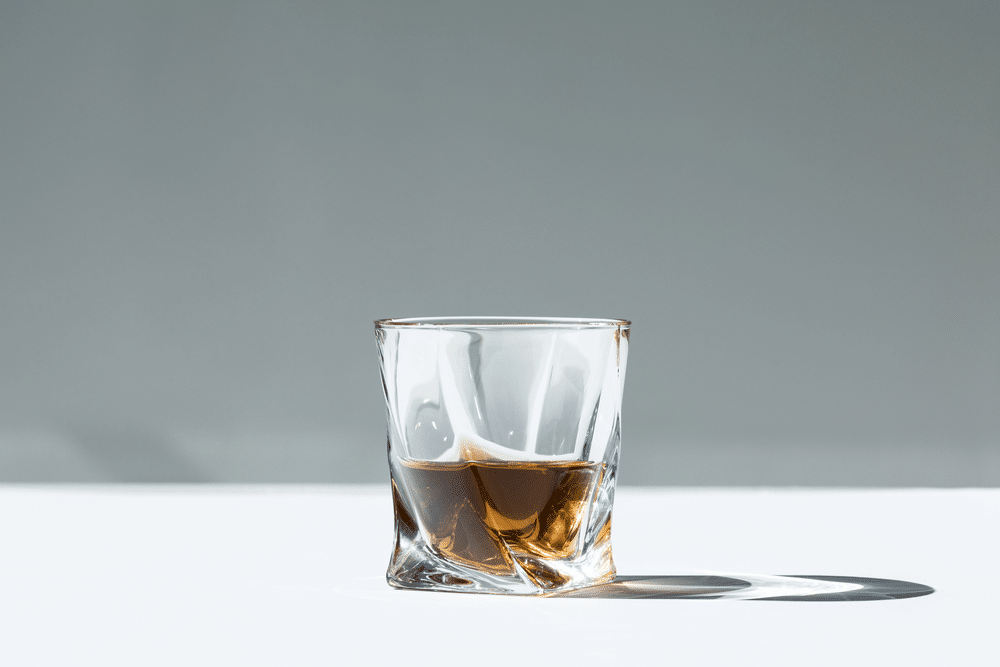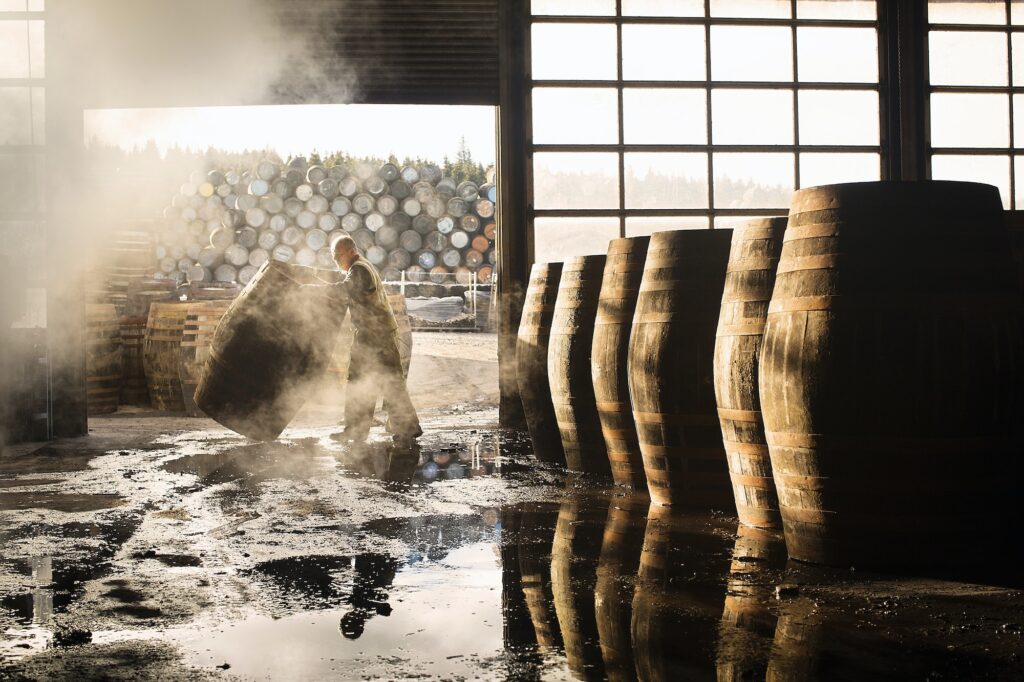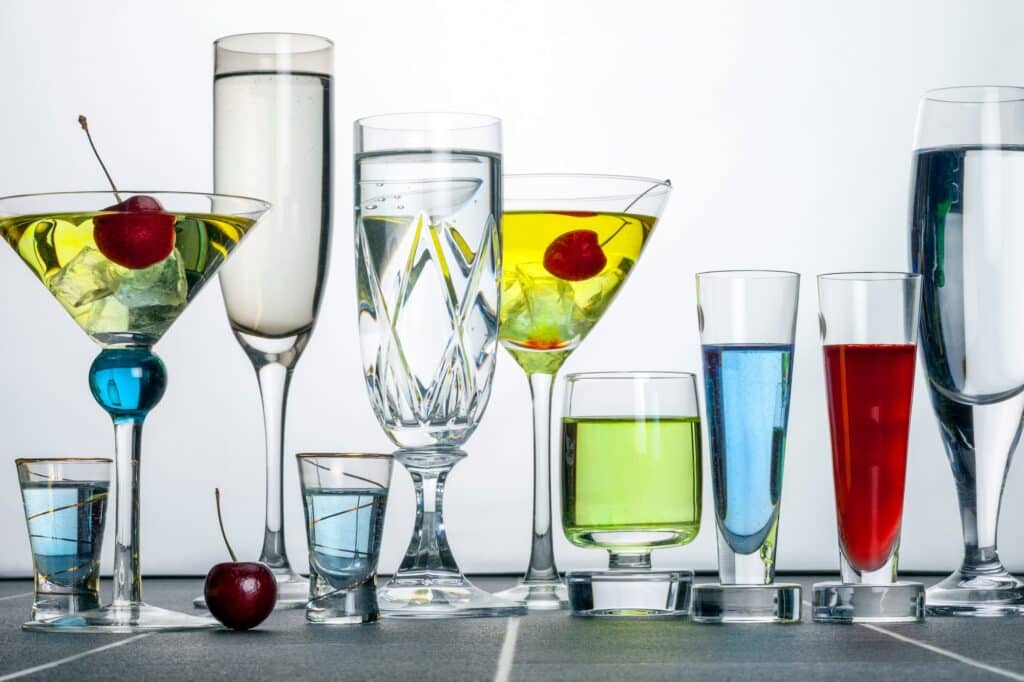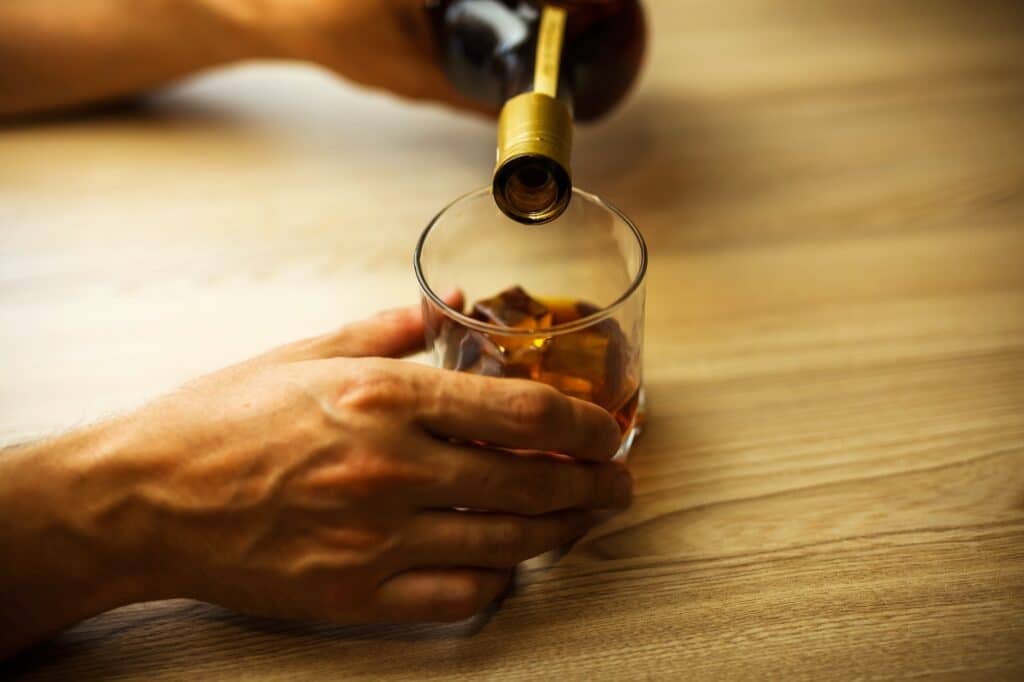There are whiskey lovers all over the world, and one of their favorite questions to debate is which is better: bourbon or whiskey? It’s a debate that will go on for years, and distilleries will continue expanding the discussion with endless innovations in flavor and production techniques. To help frame this discussion, we’ve broken down some of the key similarities and differences between the two (spoiler alert: they’re both part of the same family).
Bourbon or Whiskey: Which Is Better?
History
The first distillations of modern whiskey were undertaken by monks in Scotland and Ireland beginning in the early 1400s (something like whiskey was made by the ancient Greeks, for example, but it wasn’t quite like modern whiskey). The first written record of whiskey dates back to 1405, and by the late 1400s, whiskey was widely produced. When King Henry VIII closed England’s monasteries in 1536, some monks who had become expert distillers focused on this craft to make a living. As European colonists began arriving in America, whiskey came along with them.
These European settlers – many of them Scottish, Irish, and English – began farming in the Kentucky area in the late 18th century, and this is roughly when local distilling began in earnest. While there are differing stories as to bourbon’s exact origin, it is generally believed that many distillers contributed to the development of bourbon in its modern form by the late 19th century.
Different Types of Whiskey
Before making a definitive case for either bourbon or whiskey, it’s important to understand that bourbon is actually one of many types of whiskey. It’s a broad class that includes several varieties, each distinct from the others in taste, ingredients used, and distillation processes. Scotch whiskey, for instance, is produced in Scotland and typically made from malted barley, while Irish whiskey is made in Ireland with a blend of malted and unmalted barley.
Rye whiskey, as its name implies, emphasizes rye in its grain mix and tends to have a more full-bodied and spicy flavor. Bourbon highlights corn as the main ingredient and is aged in oak barrels. There are many other forms of whiskey, with distinct regional products coming from places such as Canada and Japan.
Where Does It Come From?
One of the main factors that distinguish bourbon from whiskey is where it was made. Generally, the term whiskey refers to alcohol distilled from fermented grain mash. This mash can be made with different grains in various combinations, and unique production tricks distinguish one from another. While most associate whiskey with distilleries in Scotland, Ireland, Japan, and the United States, it is actually produced in more than twenty countries.
The name bourbon has a more rigid geographic definition as it must be distilled and aged in the United States. In fact, the United States Congress declared bourbon to be the country’s official distilled spirit in the 1960s and set regulations that had to be met in order to classify it as bourbon. While it can be made anywhere in the country, it is most associated with the state of Kentucky.
Grain Makeup
Whiskey can be made from many different types of grains, most commonly rye, barley, wheat, and corn. Different combinations create different results, whether it’s for bourbon or whiskey. Distilleries experiment with different blends to achieve their desired results, and the raw grains may or may not be malted. This fermented grain mix is called the mash bill, and each grain adds specific characteristics to the final end product.
Bourbon differs as it must be distilled from a mash bill containing at least 51% corn, with the remainder coming from any other cereal grain such as rye, barley, or wheat. This emphasis on corn as the dominant grain ingredient is one of the key elements that gives bourbon its distinct flavor.
Aging Process
Whether we’re discussing bourbon or whiskey, one of the key methods distilleries use to separate their product from others is how they choose to age it. Generally speaking, all whiskey is aged in wooden casks or barrels. Over time, the wood infuses the whiskey with chemicals such as vanillin, tannins, and lactones to eventually provide its unique flavor and distinct dark color. Different brands vary in what kind of wood they use and how long the whiskey is aged.
Bourbon has a very distinct process in that it must be aged in new, charred barrels made from American white oak. Some distilleries age their bourbon for just a few months, while others may do so for many years. The longer it sits in the barrel, the more rich and complex its flavor will be. Bourbon is usually not aged for more than 15 years, as it can begin taking on a bitter flavor.
Taste Difference
For most who heavily prefer either bourbon or whiskey over the other, the decision usually comes down to taste. Different types of whiskey have distinct flavors, defined by the types of grains used and distilling and aging processes. Scotch whiskey, for example, has a smooth and malty flavor with smoky notes that come from the barley being heated over a peat fire. Irish whiskey is typically lighter and fruitier, while rye whiskey is usually more full-bodied and spicy.
Those who love bourbon are drawn to its sweeter flavor, containing signature overtones of vanilla, oak, and caramel. Much of that flavor comes from the aging process, which specifically uses charred oak barrels. This entails shooting flames through the insides of the barrel for a specific amount of time, often around a minute. This causes the sugars in the wood to caramelize, and this is what imparts the toffee flavor as bourbon ages inside the barrel.
Types of Cocktails
Purists might argue that no matter what type of whiskey you’re drinking, it’s best enjoyed straight. There are, however, some terrific cocktails that capitalize on the flavors in different whiskey varieties. Scotch whiskey, for example, is used to make a Rob Roy cocktail, which is essentially a Manhattan made with Scotch. The famous Irish Coffee cocktail is made with Irish whiskey, fresh cream, sugar, and hot coffee.
A Whiskey Ginger cocktail often uses rye whiskey, softening its spicy edge with ginger ale and lime. With its sweeter caramel flavor and buttery notes, bourbon is used as a base in numerous beloved cocktails from the classic Old Fashioned to the Whiskey Sour and the Kentucky Mule. Part of the fun for lovers of whiskey cocktails is mixing and matching to find their favorite combinations.
Single-Malt vs. Blended Whiskey
Single-malt whiskey is a distinction that is often misunderstood, especially in terms of how it compares to so-called blended whiskey. There is also a perception among many that single-malt is inherently superior in quality to blended whiskey, and that may not always be the case. Some blended whiskey makers are master craftsmen and have produced outstanding products that consumers actually prefer to single-malt varieties.
Single-malt whiskey is in fact usually “blended” in the sense that it combines whiskey from different barrels. The key distinction is that single-malt whiskey is produced by a single distillery, not in a single barrel or with a single grain as some mistakenly believe. Blended whiskey, on the other hand, is a blend of whiskeys that may have been produced at different distilleries.
Straight Bourbon vs. Blended Bourbon
Straight bourbon is another term that can be a bit misleading, even though it actually refers to something quite simple. In basic terms, a straight bourbon is one that contains no additives, such as caramel coloring, and meets all the production requirements to be classified as bourbon. In addition, it must have been aged for a minimum of two years, and straight bourbon aged for less than four years must display an age statement on the bottle.
While much of the top bourbon has traditionally been produced at one single distillery, there is a recent trend toward experimenting with blended bourbons. More specifically, many are producing so-called blended straight bourbons, which refers to a blend of different straight bourbons from different distilleries. This new trend opens some interesting creative doors and has already produced some excellent blended bourbons.
Alcohol Content
It’s a good idea to know how much alcohol is in our favorite spirits so we can practice drinking in moderation. Alcohol content is typically measured in alcohol by volume (“ABV”) and proof. Alcohol by volume tells us how much of the liquid is alcohol, and proof is two times the ABV number. In other words, 20% ABV equals 40 proof.
Scotch, Irish, and rye whiskies typically contain 40-60% ABV, meaning they are 80-120 proof. Bourbon is specifically regulated in terms of hitting certain alcohol content levels at various points in the production process. As for the final bottled product, bourbon must be no less than 40% ABV, or 80 proof.
Armed with so much knowledge about whiskey and bourbon, it’s now time for a taste test. Personal taste will determine your own answer to the question of which is better between whiskey and bourbon, and getting to your answer is half the fun. Visit Town’s End Stillhouse and Grill to sample our quality selection of handcrafted whiskey and bourbon, and enjoy the journey.




